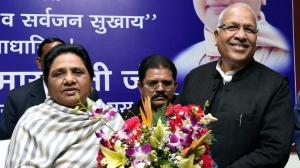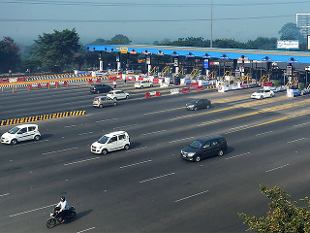MP achieves record-low tariff of ₹2.70/unit in solar-plus-storage power project

Bhopal, Sep 20, 2025 Madhya Pradesh has made headlines by securing a new record-low tariff of ₹2.70 per unit for a novel solar-plus-storage power project, marking an important milestone in India’s push for affordable renewable energy. The project, with a capacity of 600 MW and storage capacity of 880 MWh, is being developed in a dual-cycle format. This allows it to supply electricity not only during peak daylight hours but also in the evening when demand remains high. The tariff cleared for one of the units is ₹2.70/unit; another cleared at ₹2.76/unit. These tariffs represent some of the lowest in the country for projects combining solar generation with battery storage. Officials say this project is designed to strengthen grid reliability. One of the persistent challenges in renewable energy systems—especially solar—is intermittency. Solar power alone cannot serve demand in the evenings when the sun isn’t shining. By incorporating large-scale storage (battery or other storage technologies), the plant can feed power during those critical hours, helping smooth out supply fluctuations and reduce dependence on fossil-based backup sources. The move aligns with Madhya Pradesh’s broader strategy to increase its share of renewables in the electricity mix. The state government has been promoting solar parks, rooftop solar, and hybrid projects. But this newest solar-plus-storage project is being seen as especially significant because the combined generation-storage model raises the bar in terms of technology, cost optimization, and commitment to clean energy. It may set a benchmark for other states to follow. State energy department officials say that the low tariff was possible because of falling battery storage costs globally, better engineering and planning of the project, and favorable financing terms. Also, the size of the project helps: economies of scale reduce per-unit costs. By integrating storage with solar, the need for separate peaker power plants (often coal or gas based) may decline, which can reduce both costs and carbon emissions. Critics note that while the tariff is attractive, the implementation and operational performance will be critical. Storage systems must maintain efficiency over time, and battery degradation, maintenance, and safety are often concerns. Grid integration is another challenge: it must be ensured that the power generated and stored can be transmitted and distributed without significant losses. The state government, however, appears confident. They have outlined plans for regular monitoring, safety checks, and partnering with experienced firms. Policies around land acquisition, interconnection with the grid, and permissions have been streamlined recently to facilitate faster deployment of such projects. For residents, the expectation is that these kinds of projects will slowly lower electricity costs, especially for households and industries covered under large power purchase agreements. Lower power costs also support economic activity and industrial growth. It could also lessen peak demand pressure, thus reducing load-shedding or blackouts during high demand periods if all works well. In sum, this solar-plus-storage project with tariffs of ₹2.70-₹2.76/unit in Madhya Pradesh is being hailed as a win on multiple fronts: affordability, reliability, clean energy, and policy innovation. Observers across states and in the energy sector are watching closely—as success here may pave the way for more such projects and push India further towards its renewable energy goals.




